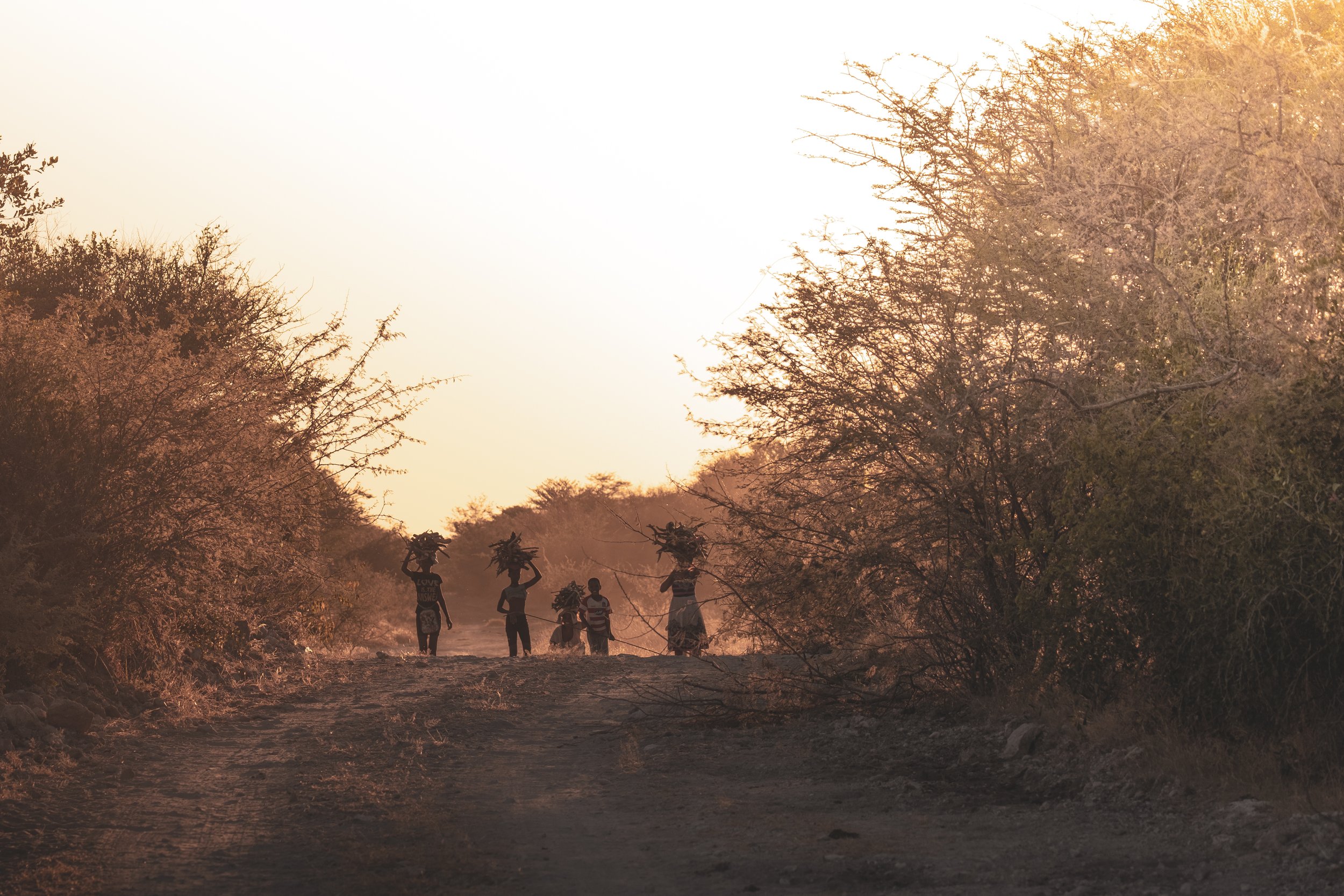Investigation into the efficacy of Namibia’s wildlife conservation models as it relates to African elephants (May/June 2021)
Namibia ostensibly allows rural communities the opportunity to manage and benefit from their natural resources through the creation of communal conservancies through a process known as Community-Based Natural Resource Management (CBNRM). These conservancies have purportedly restored and, in many cases, increased populations of elephants and other wildlife species in the country. Through initiatives such as trophy hunting, trade in wildlife and wildlife products, and ecotourism, this wildlife restoration has, it is claimed, generated meaningful economic income for local communities and indigenous peoples.
Investigation conclusion: A comprehensive two-month field-investigation into the efficacy of Namibia’s wildlife conservation management policies and programs, particularly as they relate to African savanna elephants, revealed that the perceived success of income generating activities involving the use of wildlife and concomitant economic benefits for disadvantaged communities in Namibia is found to be predominantly a fabrication rather than a fact.
For the published report, click here.
PUBLISHED ARTICLES:
https://www.dailymaverick.co.za/article/2022-02-08-why-researchers-cruise-and-sasada-were-right-about-namibias-natural-resource-management-programme/

